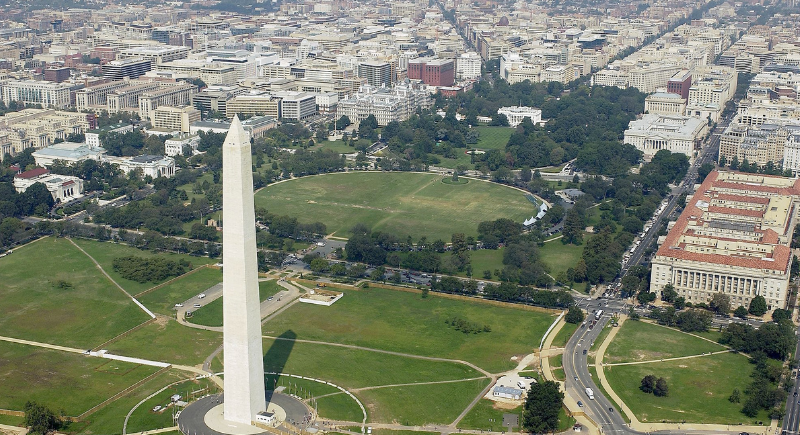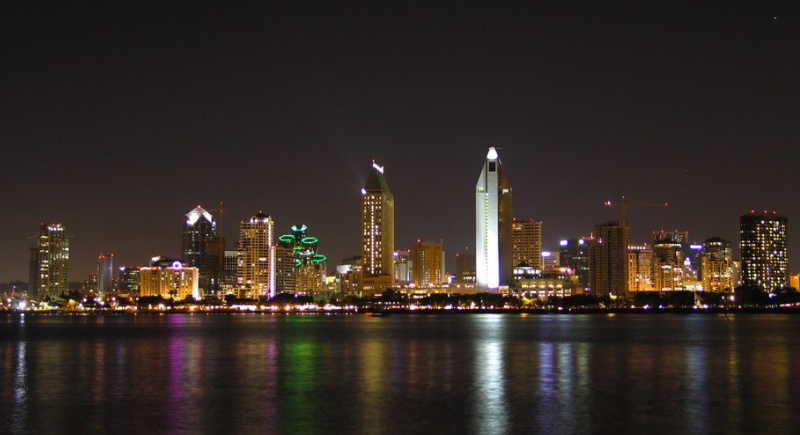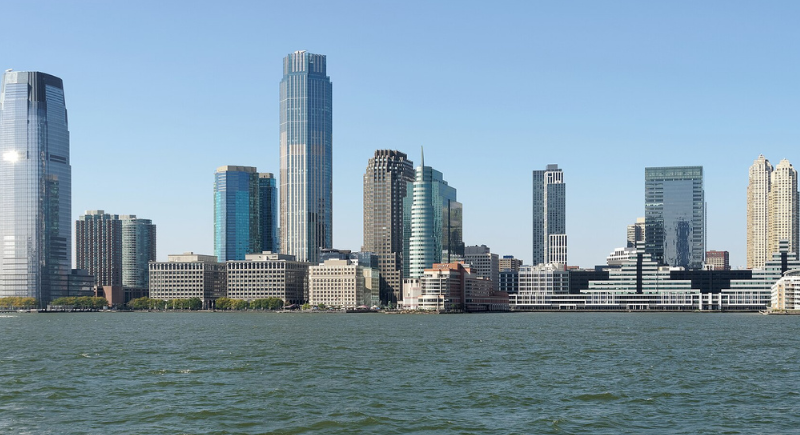These Are Officially the Worst Places to Retire in America
Retirement should be a time of relaxation and enjoyment, but choosing the wrong place to retire can turn golden years into a struggle. It’s not just about finding a sunny spot—factors like cost of living, healthcare quality, and tax policies play massive roles in the decision. From hidden costs to healthcare hassles, here are the worst states to retire in 2025. Make sure you don’t make these mistakes!
Austin

Credit: Wikimedia Commons
Austin may seem like a hot spot with its vibrant music scene and delicious BBQ, but don’t let that fool you. The median home price in Austin is a whopping $639,000, and the average rent for a modest one-bedroom apartment hovers around $1,718. Living costs here are 19% above the national average.
Portland

Credit: Wikimedia Commons
Don’t let Portland’s scenic views and lighthouse tours dazzle you into making a wallet-draining decision. The Oregon city boasts excellent infrastructure and healthcare. Still, this picturesque city’s cost of living is better suited for a visit rather than a retirement plan. A median home price of $720,000 and monthly rent of $2,025.
Miami

Credit: Wikimedia Commons
Who wouldn’t want to retire in sunny Miami, Florida? Before you pack your swimsuit, consider this: the cost of living has skyrocketed. With median home prices rising to $675,000 and rent for a one-bedroom at nearly $2,500, Miami’s not just about sunshine and salsa anymore.
Wyoming

Credit: Wikimedia Commons
Ever thought of living amidst breathtaking national parks in Wyoming? It sounds perfect, right? However, the state quickly loses its luster when considering its poor health rankings and the implications for aging residents. Its favorable tax policies might not compensate for the potential healthcare challenges.
Ocean City

Credit: Getty Images
Ocean City in New Jersey may offer boardwalks and beach views, but it’s also priced out of reach for most retirees. The cost of living here is 19.4% higher than average. With median home prices nearing the million mark at $916,000, your retirement fund might need a life jacket!
Seattle

Credit: Wikimedia Commons
Seattle might capture your heart but will definitely drain your wallet. The cost of living here is a staggering 51.6% higher than the national average. With median home prices at $845,000 and rent for a one-bedroom at $2,017, only those with a significant retirement fund should consider this a viable option.
Honolulu

Credit: Wikimedia Commons
Imagine retiring in paradise! Well, Honolulu, Hawaii could be that dream destination if only the numbers made sense. Despite its lack of tax on Social Security, the overall cost of living is 74.9% above the national average. With homes and rent priced for those with deep pockets, it might be best to keep this location on your vacation list.
Washington, D.C.

Credit: Wikimedia Commons
The nation’s capital has a lot to offer, but affordable living isn’t one of them. While it boasts comprehensive amenities and cultural attractions, the cost of living in Washington, D.C., especially for housing and healthcare, could quickly deplete your retirement savings.
San Diego

Credit: Wikimedia Commons
San Diego, where the sun always shines and your money flies. Yes, this California city is a beautiful place with beaches and a laid-back vibe, but living here won’t be easy on your retirement fund. The median home price is just under a million, and the rent is $2,380 for a one-bedroom.
Boston

Credit: Wikimedia Commons
Boston offers a blend of historical charm and modern conveniences but at a high price. The cost of living here is nearly 50% above the national average. While you can enjoy excellent healthcare and beautiful parks, the high housing costs might make your bank account feel a bit historical.
New York

Credit: Wikimedia Commons
Ahh, the Big Apple. It might be the city that never sleeps, but your retirement fund might not survive the night here. Known for its exorbitant cost of living, which is 49.3% above the national average, NYC is better kept as a dream for retirees on a fixed income.
Montana

Credit: Getty Images
Montana, known for its rugged beauty, doesn’t look so pretty when it comes to retirement factors. Despite an almost average cost of living, its moderate tax policies and disappointing healthcare ranking can dim the appeal of settling here. It’s a classic case of nature’s beauty clashing with practical living requirements.
Delaware

Credit: Wikimedia Commons
Don’t let the tax perks fool you! Delaware might appear to be a retiree’s haven at first glance, thanks to its tax-friendly status and cost of living just above the national average. However, it landed on our list due to its lackluster healthcare system. It ranks particularly low in areas like access and women’s health, making it a dubious choice for those valuing their health as much as their wallets.
South Carolina

Credit: pexels
South Carolina boasts a low cost of living, but its healthcare system lags behind, particularly in critical areas like women’s health and access. If health is a priority, you might find this state’s offerings disappointing. So, before making a move, consider if the financial savings truly outweigh the health compromises.
New Jersey

Credit: Wikimedia Commons
Ever dreamt of retiring by the serene beach or vibrant boardwalk? New Jersey might tempt you with such sights, but it’s notorious for its high cost of living—almost 14% above the national norm—and steep property taxes. So, think twice unless you’ve got a hefty nest egg prepared for these financial drains.